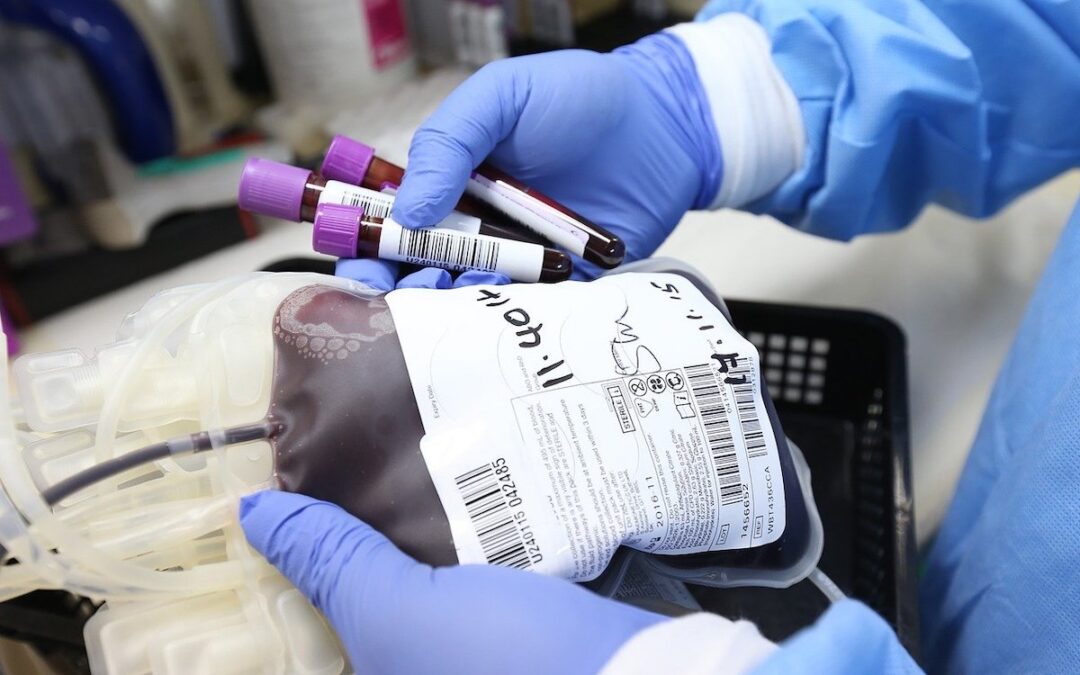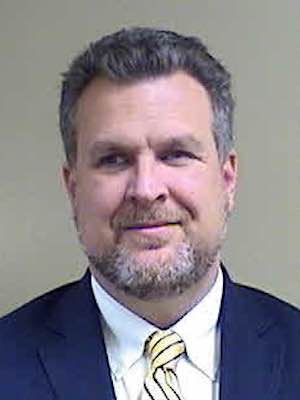COVID-19 has forced us to rethink many of our assumptions.
We have had to change how we live our lives, how we get to work, where we shop and how we seek health care. We learned how easy it is to shut down whole industries due to supply chain shortages.
The novel coronavirus has also shown us cracks in the system, and we can no longer ignore these foundational issues in our social structures or support systems.
One of those systems is our blood supply.
According to the American Red Cross, every two second someone needs blood or platelets. The American health system uses approximately 36,000 units of red blood cells, 7,000 units of platelets and 10,000 units of plasm every day.
The rate of consumption can exceed 13.5 million units of whole blood that is graciously donated by 6.8 million volunteers annually.
These life-saving donations are needed to support over four million patients a year who need major surgery, experience a serious trauma, suffer from a blood disorder or are being treated for cancer.
It is estimated that 1 in 7 patients who are admitted to a hospital will need some form of blood products.
While the national blood supply has been seriously low all summer, early this month the Red Cross announced that the nation’s supply was at the lowest post-summer level in six years. The organization estimated that it needed 10,000 additional units every week for the rest of the month to catch up.
Typically, the fall is a time when the blood supply rebounds from the summer shortage. Unfortunately, this year, that is not happening.
Due to a lack of awareness of the need for blood products, fears surrounding the COVID-19 Delta variant or change in the country’s volunteer spirit, people are not showing up to donate.
Historically, the public will step up and donate following major crises. After the 2017 mass shooting in Las Vegas, for example, there were lines several blocks long of individuals waiting to donate at blood centers.
This is a trend that baffles the mind, as every year only around 10% of eligible donors will give blood. Theorists have argued that this phenomenon is linked to our human need to do something after we are confronted with horrific events.
If we can do something, then we feel like we can regain control of the uncontrollable. In short, donating blood after a tragic event provides comfort.
Donated blood is not used immediately. It has to be screened, processed, separated and packaged. This takes time. Thus, the blood needed in response to a disaster must already be in storage and ready for distribution.
Herein lines the problem. Recovered red blood cells must be used within 42 days and platelets have a shelf life of five days. In contrast, plasma can be frozen and stored for up to a year.
Thus, blood products cannot be stockpiled like other health care resources. And because blood products cannot be synthesized or manufactured, our health care system is constantly in need of a new supply – and that means regular donations must take place.
While the need for blood during mass disasters cannot be ignored, as a mass trauma could decimate a region’s supply in a matter of hours, the fact is that trauma cases account for less than 5% of the blood usage.
Thus, how we think about the nation’s blood supply needs to change. We need to see it as a scarce resource that needs to constantly be replenished.
We need to think of it like the local food bank. We cannot wait until the Thanksgiving food drive to donate or the summer to give cereal boxes. There are families who are starving now, so we need to stay ahead of the need.
Therefore, what do we, as moral thinkers and members of the faith community, need to do?
First and foremost, we need to determine if we are eligible to donate.
It is estimated that 38% of the population is eligible to donate blood or platelets. Typically, a donor needs to be at least 16 years of age (17 under some circumstances), weigh 110 pounds or more and be in good health. Additional requirements by donation type are available here.
There are some other basic screening requirements, but it is best to let the blood donation center review those. Unless you have been told not to donate by a health or blood donation professional, it is worth being screened to determine eligibility.
Second, we need to talk to blood donation professionals and find out how we can help.
Some employers might have enough willing donors for a mobile donation clinic to come to their workplace. Others might be able to promote the need for blood and generate public support.
For houses of faith, a midweek gathering might be a perfect time to host a donation clinic, so reach out to a local donation clinic about this possibility.
Third, we need to change how we think about our blood supply.
A shortage could mean more than hospitals having to put off elective surgeries; it could mean a delay in chemotherapy, for example, because cancer patients use around 25% of the blood supply.
We desperately need to donate more as a nation, as we need a constant supply of this perishable product.
So, please consider making a donation today – you could literally be saving lives.





